By Curt Burnette
It is easy to forget that one person can make a difference in the world. It needn't be something that affects the entire planet, very few people are able to do that. But many people can make a difference locally, and sometimes the impact of their efforts extends far beyond their area or community.
Local farmer-turned ecologist Ken Brunswick initiated and led the effort to begin the recreation of the Limberlost Swamp and other local wetlands. Geneva author Gene Stratton-Porter wrote about these areas in both her world famous novels and her nature books. It was after Ken witnessed farm fields flooding over and over that he connected their location to the Limberlost Swamp and Loblolly Marsh of the past. Once he understood that connection, he then remembered reading the books of Gene Stratton-Porter in his youth and realized this was the area she had written about. Those connections started a process of self-realization and environmental restoration.
Ken writes about this process in his recently published book, The Limberlost "Born Again." After his retirement from the Department of Natural Resources Nature Preserves Division, he began organizing his notes and data, researching information he still needed, writing and rewriting, giving draft copies to friends to read for their comments and criticism, and adding and deleting everything from sentences to chapters. In the midst of all of his work, Ken had a stroke which affected him enough to slow him down, but it did not stop him. He continued working on his book while everyone encouraged him and pestered him and anxiously awaited its publication.
His book was worth the wait. Ken describes in detail how each portion of the Limberlost nature preserves was acquired. He also writes about, in the first few chapters, his boyhood in Ohio, the many jobs that gave him expertise he would use in the future, his military experience, moving to Indiana nd dairy farming and his struggle with alcohol. It was his battle with alcohol that eventually led him to embrace his faith and be personally born again. Once Ken had been born again, he was ready to help the Limberlost be "born again."
The Limberlost "Born Again" is the type of book that an appeal to a wide audience. Those who want to learn about wetland restoration will read a step by step description of the process. Those who like to read about a person's life and what factors helped to determine the person thy become will enjoy the stories and anecdotes Ken relays. Local folks will enjoy reading about the history of the Limberlost area, from the Ice Age to our current time. And everyone should be interested in the true stories of the Limber Jims (yes, there were more than one!) who gave their name to the creek and swamp, a name Gene Stratton-Porter spread around the world. Ken Brunswick's book of a man and Limberlost being born again is a ready that is well worthwhile.
Note: This blog was originally published in the Limberlost Notebook column in the Berne Witness in August 2017.
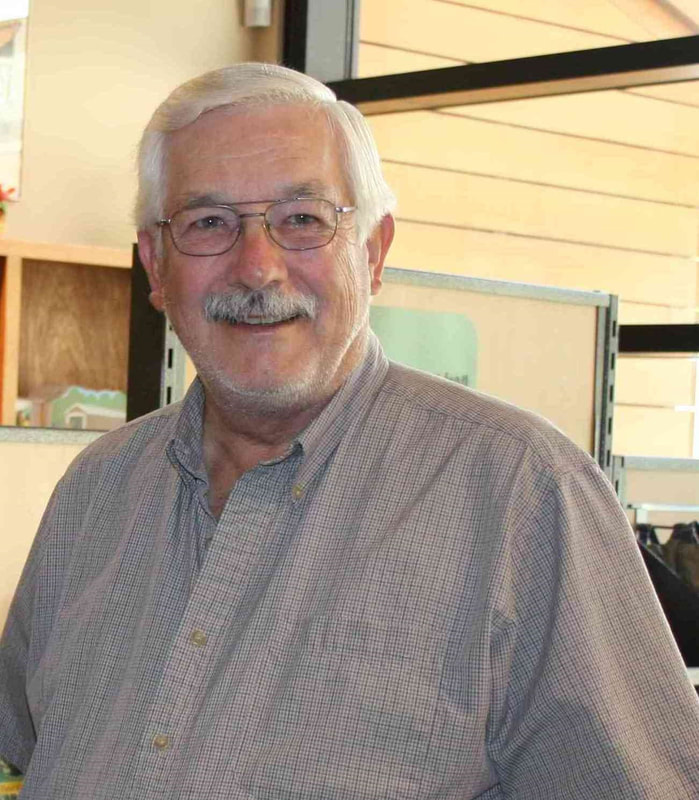
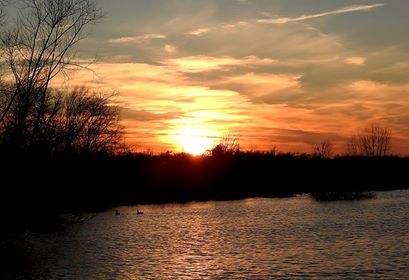
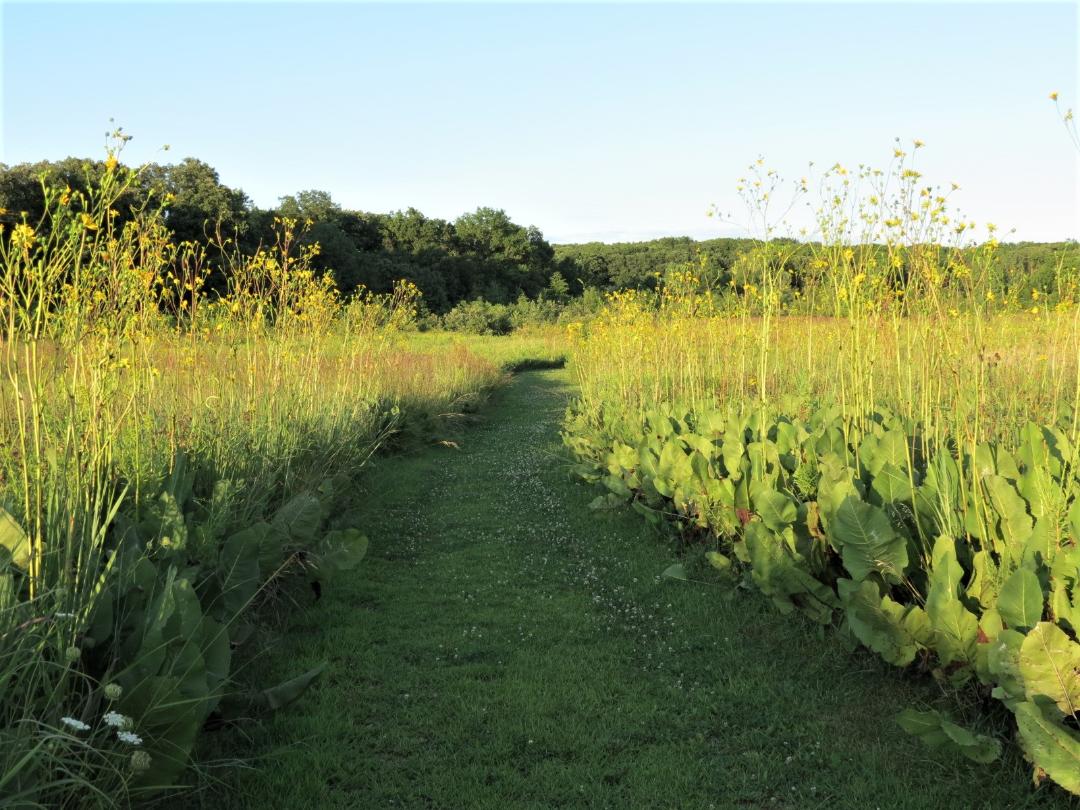
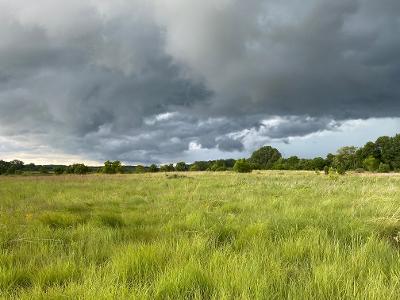
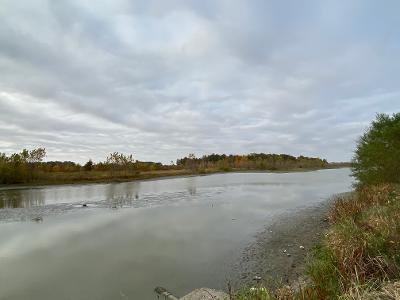
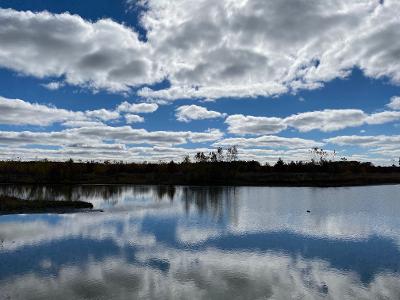
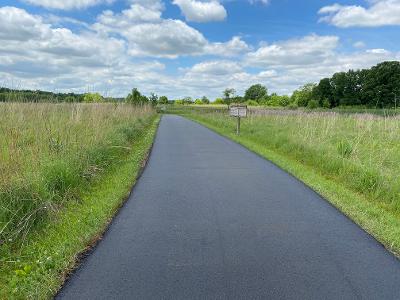
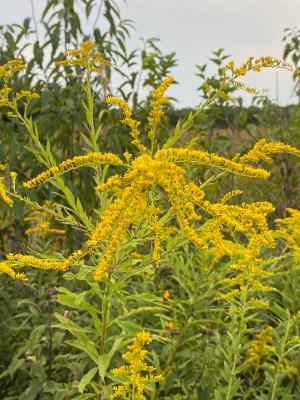

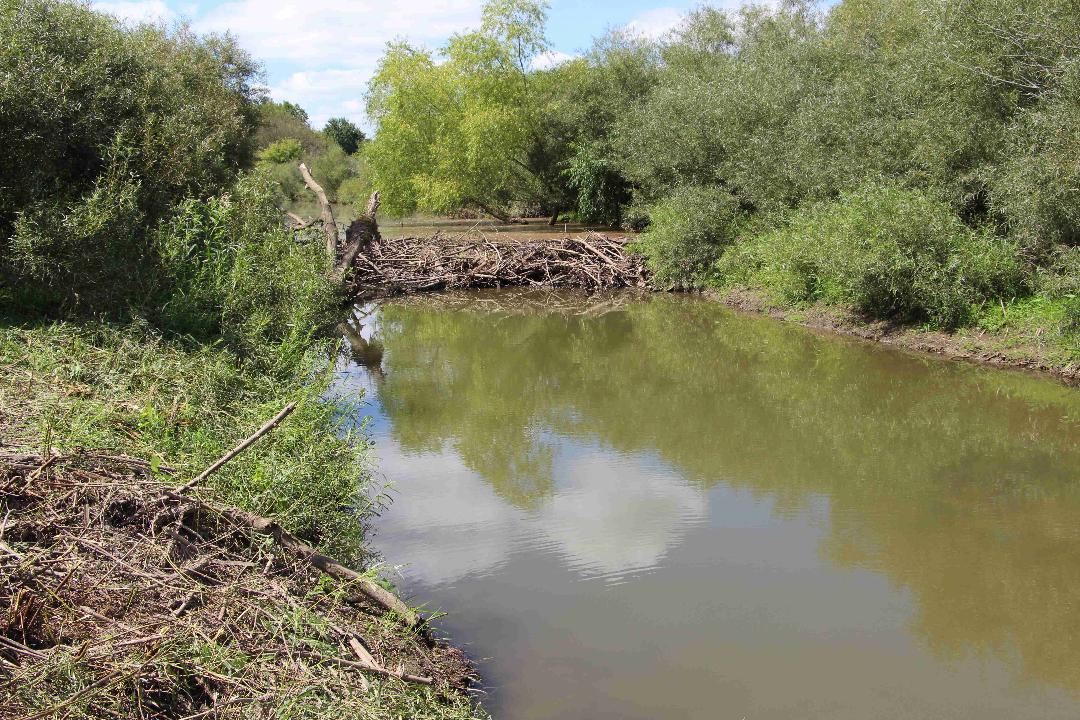
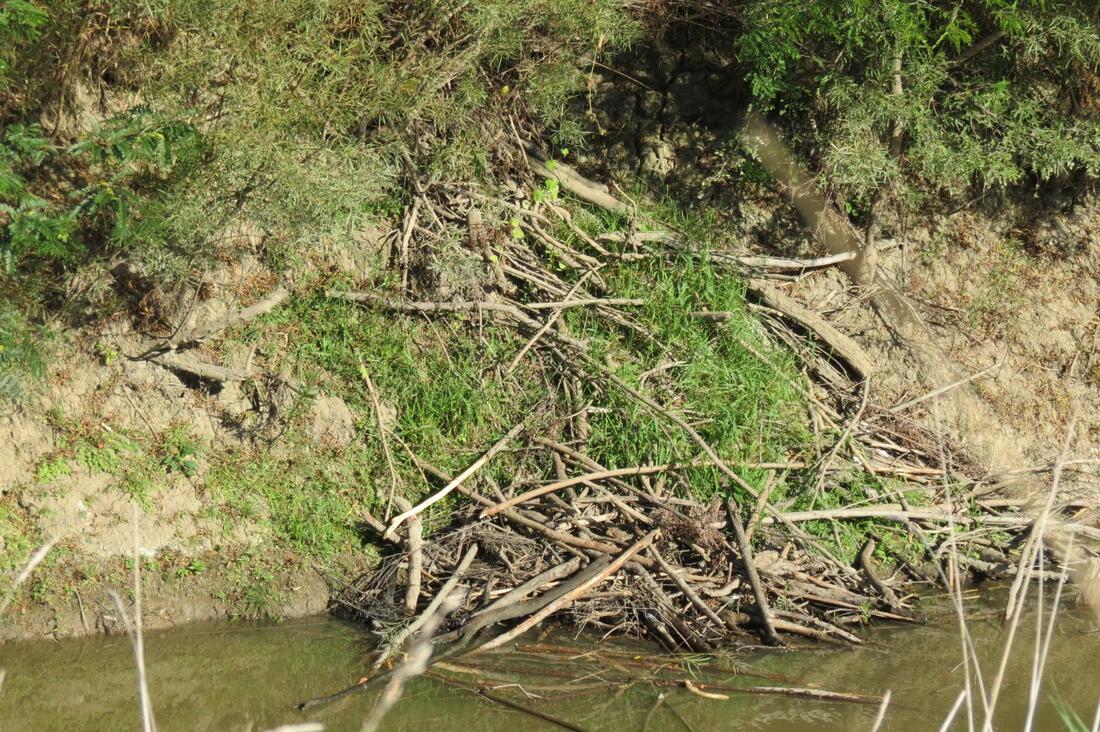
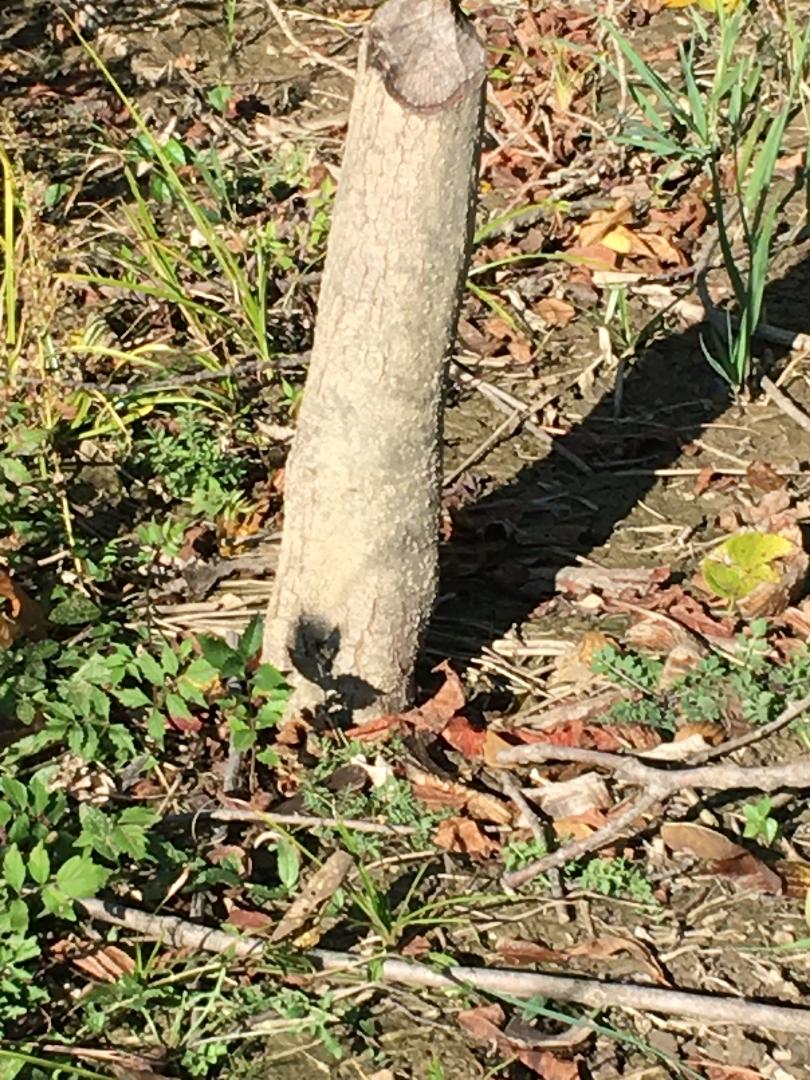
 RSS Feed
RSS Feed
